Photo Essay: Protecting land in Otsego County – Greenwoods Conservancy
A total of seven New York conservation easements benefit the community

Resting on the northern edge of the Appalachian plateau—just outside of Cooperstown, New York—are the 1,200 acres of land that make up The Greenwoods Conservancy. Earle Peterson, owner of the property, works with the Otsego Land Trust to permanently preserve the land through conservation easement. In addition to ensuring that the land remains undeveloped, it will serve as an educational, visual and environmental resource for the surrounding community, as well as a place protect the valued plants and wildlife that are indigenous to central New York.
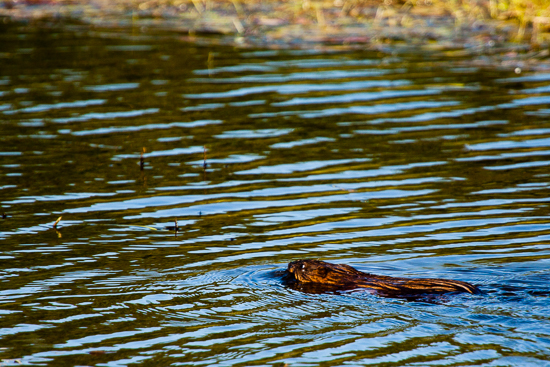
The seven conservation easements that make up the conservancy were obtained over time, with the first purchase in 1993 and the final plot added in 2001. “Earle has what we at Otsego Land Trust call a ‘conservation heart,’” explained Virginia Kennedy, Executive Director of the Otsego Land Trust. “Meaning that the desire to protect land and water lives inside him at the very heart of who he is. Protecting the lands of The Greenwoods Conservancy meant protecting a place that is both special for and necessary to, not just Earle, but the whole community who benefits when lands like the lands of Greenwoods are conserved.”
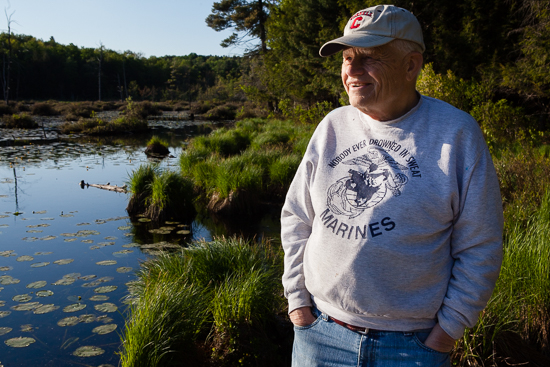
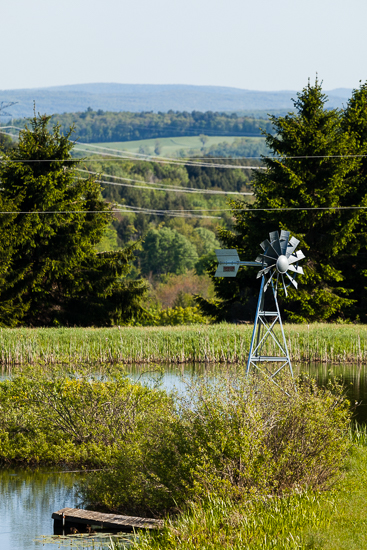

A diverse array of landscapes make up the conservancy: from a high elevation cranberry bog that provides habitat for many rare wetland species, to a sustainably managed forest for timber products, to meadows that are maintained for bird habitat and used by SUNY Oneonta for research and education. Conserving all of the land has taken a great deal of time, but to Peterson, it is all worth it in the name of conservation. “I told my wife [when we got married], ‘You have to understand that I have a mistress, and her name is Mother Nature. And like most mistresses, she’s very expensive,’” Peterson said.
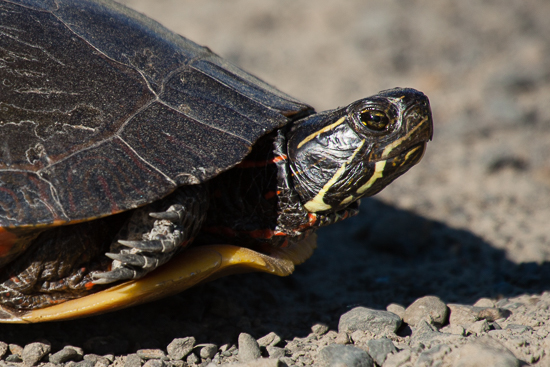
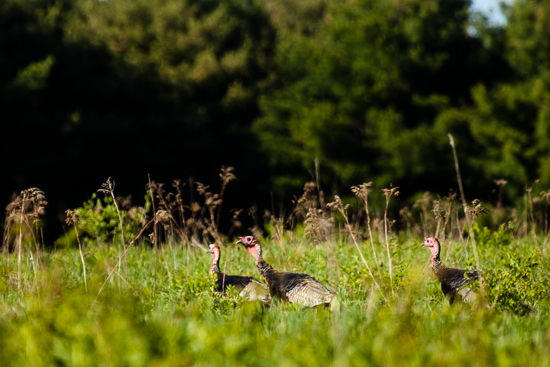
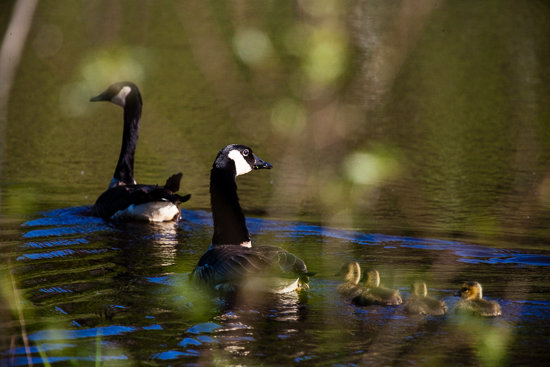

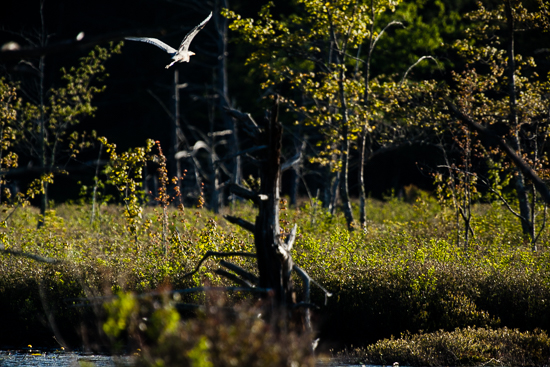
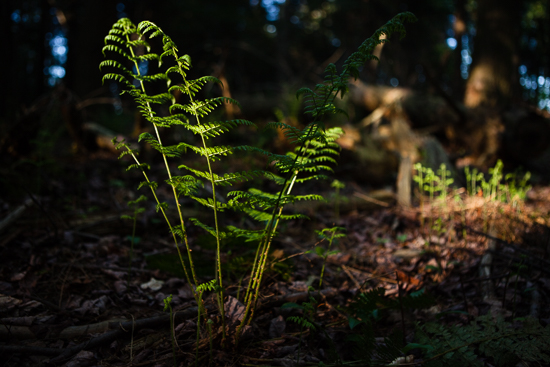
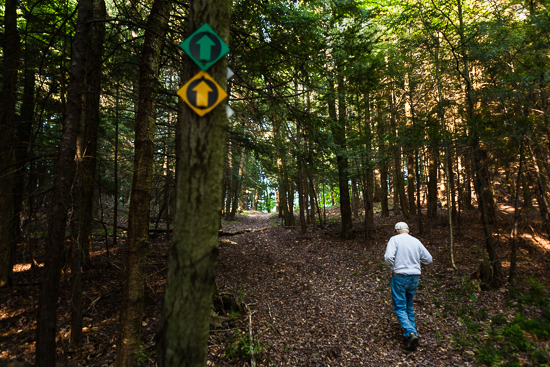
This is the final installment in a series of three profiles of property owners that are protecting their land through the Otsego Land Trust, a nonprofit organization dedicated to conserving the natural heritage of woodlands, farmlands and waters that sustain rural communities, promote public health, support wildlife diversity and inspire the human spirit.
Images by Will Parson
Text by Jenna Valente

Comments
There are no comments.
Thank you!
Your comment has been received. Before it can be published, the comment will be reviewed by our team to ensure it adheres with our rules of engagement.
Back to recent stories